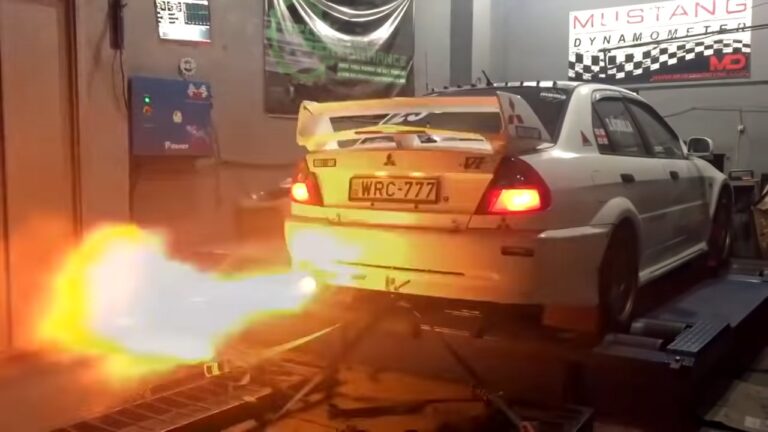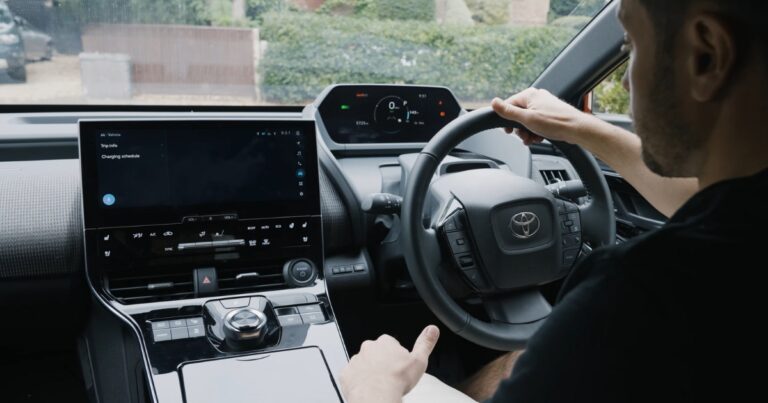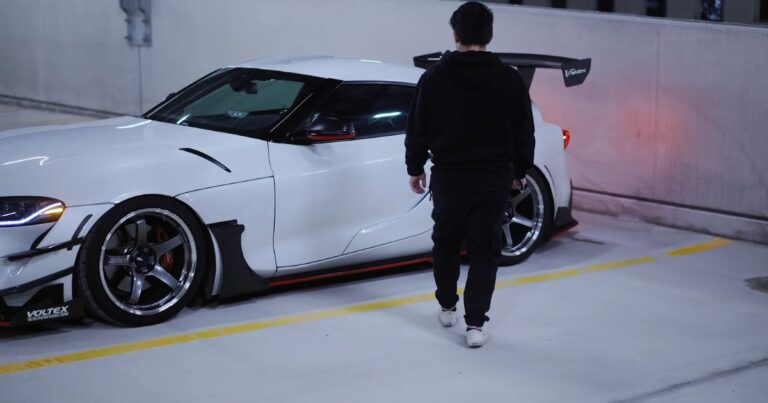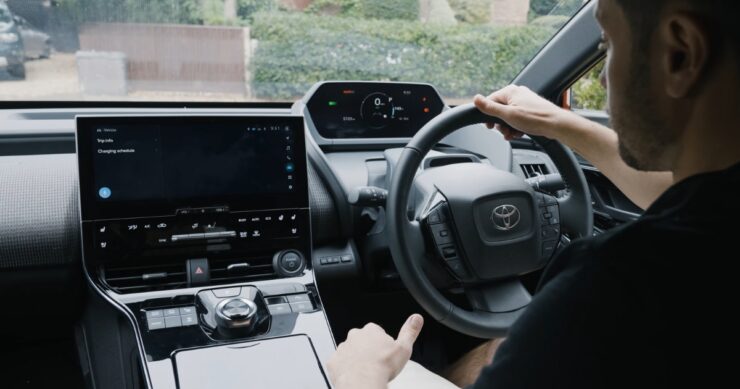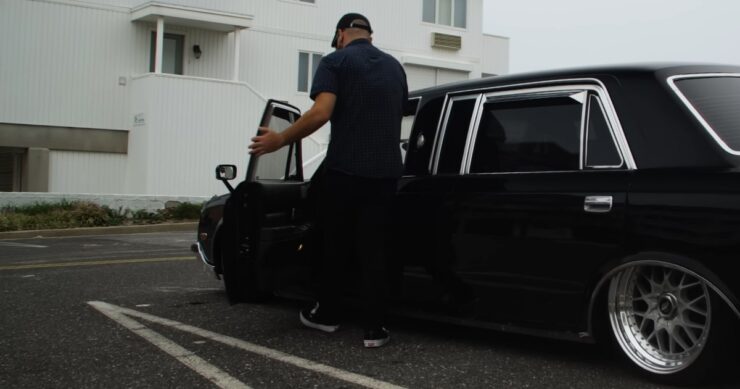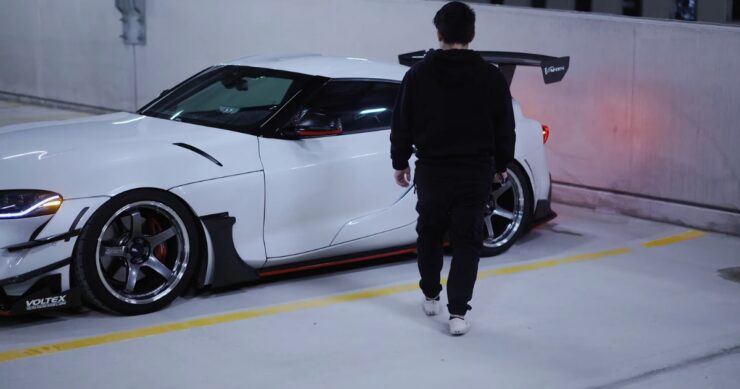Car backfires are a common phenomenon. But what exactly is a car backfire, and how prevalent is it? Let’s explore this topic and understand the core of the question at hand.
A car backfire, also known as an afterburn, is a combustion or explosion produced by a running internal combustion engine that occurs in the exhaust system, rather than inside the combustion chamber. This can sometimes result in visible flames shooting out of the exhaust pipe. It’s often a sign that the engine isn’t tuned correctly.
Interestingly, the term “backfire” has its origins from early unreliable firearms where the explosive force was directed out at the breech instead of the muzzle, leading to unintended results.
Why a Car Backfires
When we talk about a car backfire, we’re referring to a combustion or explosion that happens in the exhaust system of a running internal combustion engine. This is different from a combustion that occurs inside the engine’s combustion chamber.
Sometimes, a backfire can be so intense that you might see flames bursting from the exhaust pipe. This is not just a random occurrence; it’s often an indication that the engine is not properly tuned.
Pro Tip: If you ever see flames coming out of a car’s exhaust, it’s a clear sign of a backfire!
Mechanism of a Single Car Backfire
The primary cause of a backfire is the ignition of the fuel-air mixture. This ignition can happen in two main ways: either due to the ignition occurring with an exhaust valve open or unburnt fuel finding its way into the hot exhaust system.
The exhaust system plays a crucial role in this process. If the exhaust system is compromised or has issues, it can lead to backfires.
Interesting Fact: Backfires can also occur if the timing of the spark plug firing is off. If it fires too early, the combustion can move into the intake manifold, causing an explosion that travels out of the carburetor.
Multiple Backfires in Succession
Now, to the main question: Can a car backfire multiple times in a row? The answer is yes.
Multiple backfires can occur, especially if there are persistent issues with the engine’s ignition or fuel system. Factors that influence consecutive backfires include ignition system issues, fuel system problems, and exhaust system malfunctions.
Did You Know?: Some high-performance vehicles are designed to have a momentary rich fuel condition when the driver shifts up and lets off the accelerator. This can cause an incomplete burn, leading to fumes exploding in the exhaust system, producing an audible pop or bang!
Common Causes
Multiple backfires can be attributed to several reasons:
- Ignition System Issues: Problems with ignition timing can lead to backfires. Faulty spark plugs, coils, or plug wires can also be culprits.
- Fuel System Problems: A lean condition during acceleration, caused by improperly adjusted carburetors, can result in slow-burning air-fuel mixtures. This can cause combustion during the exhaust stroke or even when the intake valve opens.
- Exhaust System Malfunctions: Issues like exhaust leaks or the removal of the catalytic converter can lead to backfires.
Diagnosing and Resolving The Issue
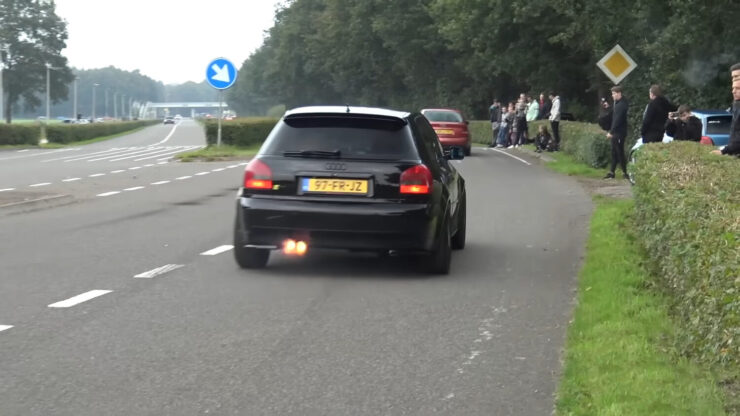
If your car is backfiring, it’s essential to diagnose the root cause to prevent potential engine damage, power loss, or fuel inefficiency. One of the first indicators of a backfire is the engine warning light on the dashboard. When a backfire occurs, this light typically illuminates. However, if your car’s light doesn’t come on, it might be time to delve deeper.
Pro Tip: Always pay attention to your car’s dashboard lights. They’re the first line of communication between you and your vehicle’s health!
Addressing Ignition-related Problems
Ignition problems can be a significant cause of backfires. For instance, if the ignition system’s resistance is off, it can lead to crossfiring into the wrong cylinder.
Regularly changing spark plugs and ensuring they’re in good condition is crucial. If you’re unsure about the state of your ignition system, it’s always a good idea to have it checked during your regular auto service visits.
Interesting Fact: The ignition system in vehicles has an ignition coil that fires up when triggered by an electronic pulse. If there’s an issue with the resistance, it can lead to ignition system failures!
Tackling Fuel System Issues
The onboard computer in modern vehicles constantly monitors the air entering the engine. This is facilitated by the mass airflow sensor, which plays a pivotal role in providing accurate data to the car’s computer.
If this sensor is clogged or malfunctioning, it can send incorrect readings, leading to backfires. Cleaning or replacing a faulty mass airflow sensor can often resolve this issue.
Did You Know?: The mass airflow sensor is crucial in transferring genuine data to the car’s computer about the air entering the engine!
Resolving Exhaust System Malfunctions
The exhaust system is more complex than most people realize. It doesn’t just work under constant pressure to eliminate waste gases.
Instead, it contains several pressure pulses and vacuums. If there’s an issue, like an upstream exhaust leak, it can lead to backfires. Ensuring that the exhaust pipe is properly sealed and checking for any leaks or malfunctions is essential.
Preventing Consecutive Car Backfires
The best way to prevent backfires is through regular maintenance. By scheduling routine check-ups and understanding what causes a car to backfire, you can ensure your vehicle’s optimal health. This includes changing spark plugs, checking the ignition system, and ensuring the exhaust system is in top shape.
Fun Fact: Regular maintenance not only prevents backfires but can also extend the lifespan of your vehicle!
Proper Driving Habits
Your driving habits can also influence the likelihood of backfires. Avoiding aggressive driving and maintaining consistent speed and RPM can reduce the strain on your vehicle and decrease the chances of backfiring.
Pro Tip: Smooth driving isn’t just good for fuel efficiency; it’s also great for preventing unexpected backfires!
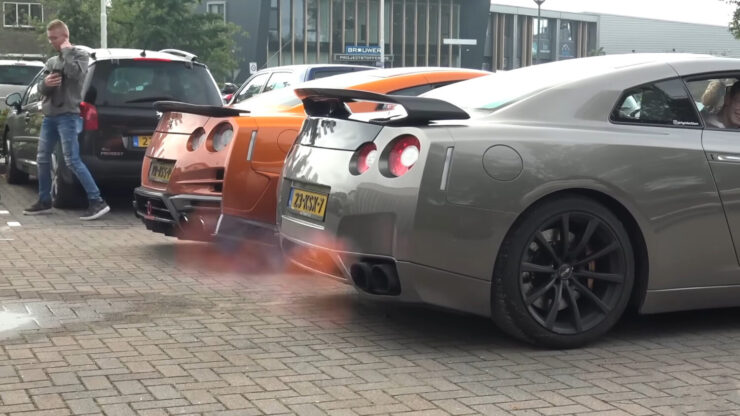
FAQ
What’s the difference between a backfire and a pop-back?
A backfire occurs in the exhaust system, while a pop-back happens in the induction system. Essentially, a backfire is an ignition of fuel within the exhaust, whereas a pop-back is the same process but in the intake system.
Can backfires damage my car?
Yes, consistent backfiring can lead to engine damage, reduced power, and decreased fuel efficiency. It’s essential to address the root cause promptly to prevent long-term issues.
Are backfires more common in older vehicles?
While backfires can occur in any vehicle, they are rarer in modern cars with fuel-injection and computer-controlled fuel mixtures. Older engine designs might experience backfires more frequently.
How often should I change my spark plugs to prevent backfires?
Regularly changing spark plugs is essential, typically every 30,000 miles. However, always refer to your vehicle’s owner manual for specific recommendations.
Conclusion
Car backfires can be startling, but understanding their causes and knowing how to address them can make all the difference. Regular maintenance and proper driving habits are key to preventing these unexpected occurrences.
Remember, while a single backfire might be a surprise, multiple backfires indicate a more persistent issue that needs attention. Always prioritize your vehicle’s health and stay informed to ensure a smooth driving experience.
Related Posts:
- What Does Oil Can And Wrench Light Mean - Decoding…
- Toyota Cars You Can Rent While You Are in Abu Dhabi
- Toyota 3.5 V6 Engine Problems And Effective…
- Entune App Suite Not Working: 9 Reasons and Solutions
- Toyota 3.3 Engine Problems and Possible Easy…
- Toyota Car Dealer Near Harford County MD - Car Buying Tips

